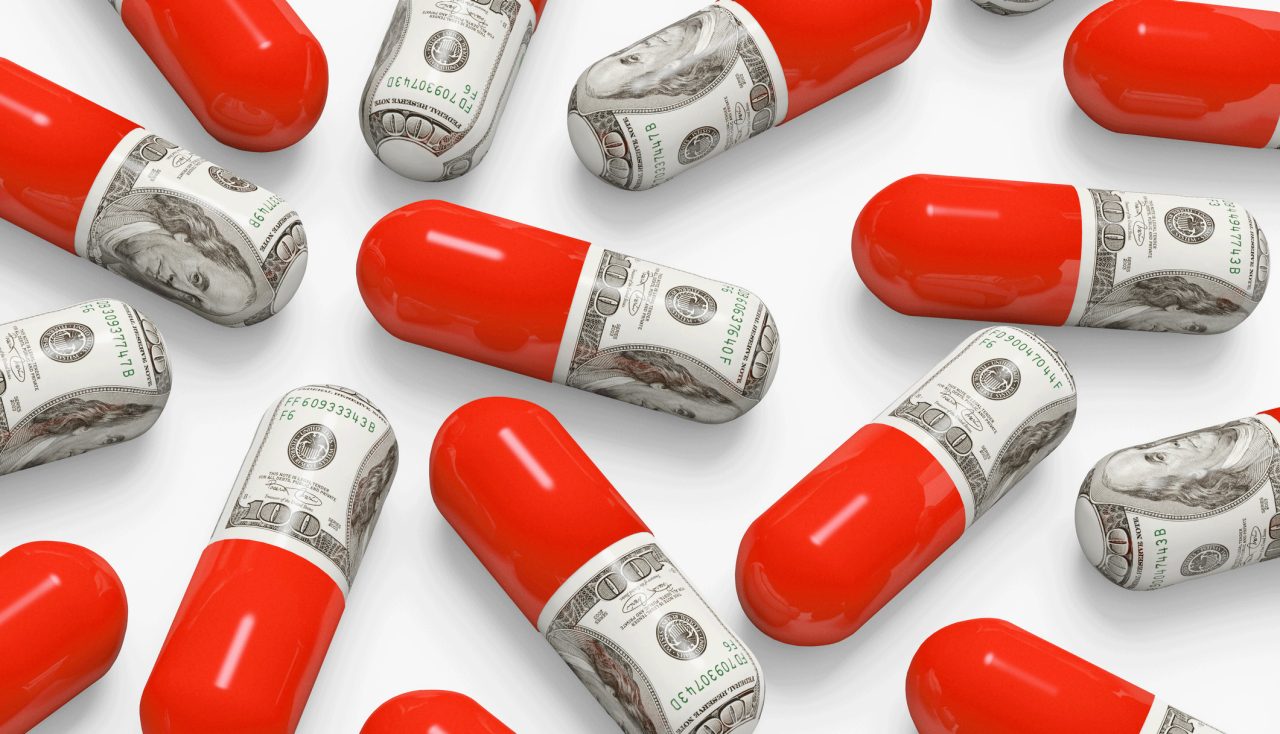Many Prescription Drugs Are Costlier Than Ever

Prescription drugs spiked upwards in 2020, raising prices an average of more than five percent. Bottom line: Many prescription drugs are costlier than ever.
Despite promises by politicians to find a way to control drug prices, many people faced sticker shock when they saw the higher prices on their prescription drugs at the beginning of the year.
To make matters more confusing, the Trump administration reported in 2019 that prescription medication costs were the lowest in about half a century. To clarify, the costs referred to are not the prices you pay as a consumer needing medication.
Instead, the figures cited referred to the consumer price index (CPI), compiled monthly by the Bureau of Labor Statistics (BLS). The CPI measures the “price change of drugs purchased with a prescription at a retail, mail order, or internet pharmacy,” according to the BLS. The tracked price is the total reimbursement to the retailer of a drug from the patient and payments from commercial or private insurance or Medicare Part D, according to the BLS.
“The CPI is a highly imperfect measure of drug price trends because it does not capture the rebates that drug manufacturers pay to insurers and pharmacy benefit managers,” economist Matthew Fiedler, a healthcare expert at the Brookings Institution, explained in an interview with The Washington Post.
Bottom line: The CPI can go up and down and does not reflect the actual price you, the consumer, pay for your prescription drugs. And, considering the price trends in 2020, odds are what you pay may be more than in the past.
In fact, many prescription drugs are costlier than ever.
YOU MIGHT ALSO LIKE: The Most Expensive Prescription Drugs in 2020
Even some already costly drugs have higher prices than ever
A research team at GoodRx, an online drug price comparison platform, tracked price increases for 3,568 drugs (2,555 brand and 1,013 generic), starting on December 31, 2019. They found drug costs were climbing significantly as soon as 2020 rolled around.
Over 600 brand drugs had price hikes of about 5.2 percent, and 20 generic drugs — usually much lower priced than brand names — increased almost 30 percent.
Even some of the most expensive drugs last year now have higher price tags. For example, Myalept, known as an “orphan” drug because it treats a very rare disease called lipodystrophy, increased by almost 10 percent, up from $64,859 to $71,306.
When Acthar, a drug used for many diseases — including lupus, multiple sclerosis, rheumatoid arthritis, and psoriatic arthritis — was manufactured by Sanofi back in 2001, a month’s supply was about $40. The price has gone up steadily, with a month’s supply now costing $39,864, according to the GoodRx data.
Pfizer increased prices on 27 percent of the drugs that pharmaceutical giant sells in the U.S. While many of the increases were small, there is one large exception, a 15 percent hike in Pfizer’s generic heparin products. These blood-thinning IV drugs are used in hospitals to slow or prevent blood clots in the lungs and elsewhere from progressing.
Pfizer officials explained the heparin increases are to help offset a 50 percent increase in the cost of raw materials and expand capacity to meet an increased market demand, according to a report in MarketWatch.
Many commonly prescribed drugs are higher than ever
The prices of some commonly prescribed drugs you or someone you know may be taking have also increased substantially. The cost of Neos Therapeutics' Cotempla XR, a stimulant used to treat ADHD and narcolepsy, has gone up more than 13 percent, according to CBS News.
Myers Squibb's Eliquis is a blood thinner taken orally; it’s prescribed to help prevent strokes and blood clots in people diagnosed with atrial fibrillation, a common heart arrhythmia. In 2020, the price increased 6 percent, CNN reported.
Humira, manufactured by AbbVie, is prescribed to treat Crohn’s disease, rheumatoid arthritis, plaque psoriasis, ankylosing spondylitis, and ulcerative colitis. It is one of the top-selling drugs in the world. The price has gone up 7.4 percent this year.
Several common drugs prescribed to help control blood sugar and treat type 2 diabetes — including Jardiance and Tradjenta — have increased 6 percent. And the price of Premarin (conjugated estrogens), long used to control hot flashes in women with severe menopause symptoms or who have had their ovaries removed, has increased 5 percent.
Truvada, an antiviral drug prescribed in combination with other prescription medications to treat HIV, now costs about 5 percent more, and the price of Flovent, a widely prescribed asthma drug, has gone up 3 percent. In addition, Chantix, a popular prescription drug used to help smokers break their cigarette addiction, has increased 5 percent.
How to lower your prescription medicine cost
Pharmaceutical assistance programs can help many low-income patients with the high cost of some prescriptions. You can also contact the company that makes your medicine directly or talk to your doctor or pharmacist.
These charitable programs can also help:
- National Patient Advocate Foundation
- National Organization for Rare Disorders
- Benefits checkup
- RxAssist
- Research discount options and coupons through such websites as GoodRX, RefillWise, and other online cost saving sources.
Updated:
August 19, 2020
Reviewed By:
Janet O’Dell, RN